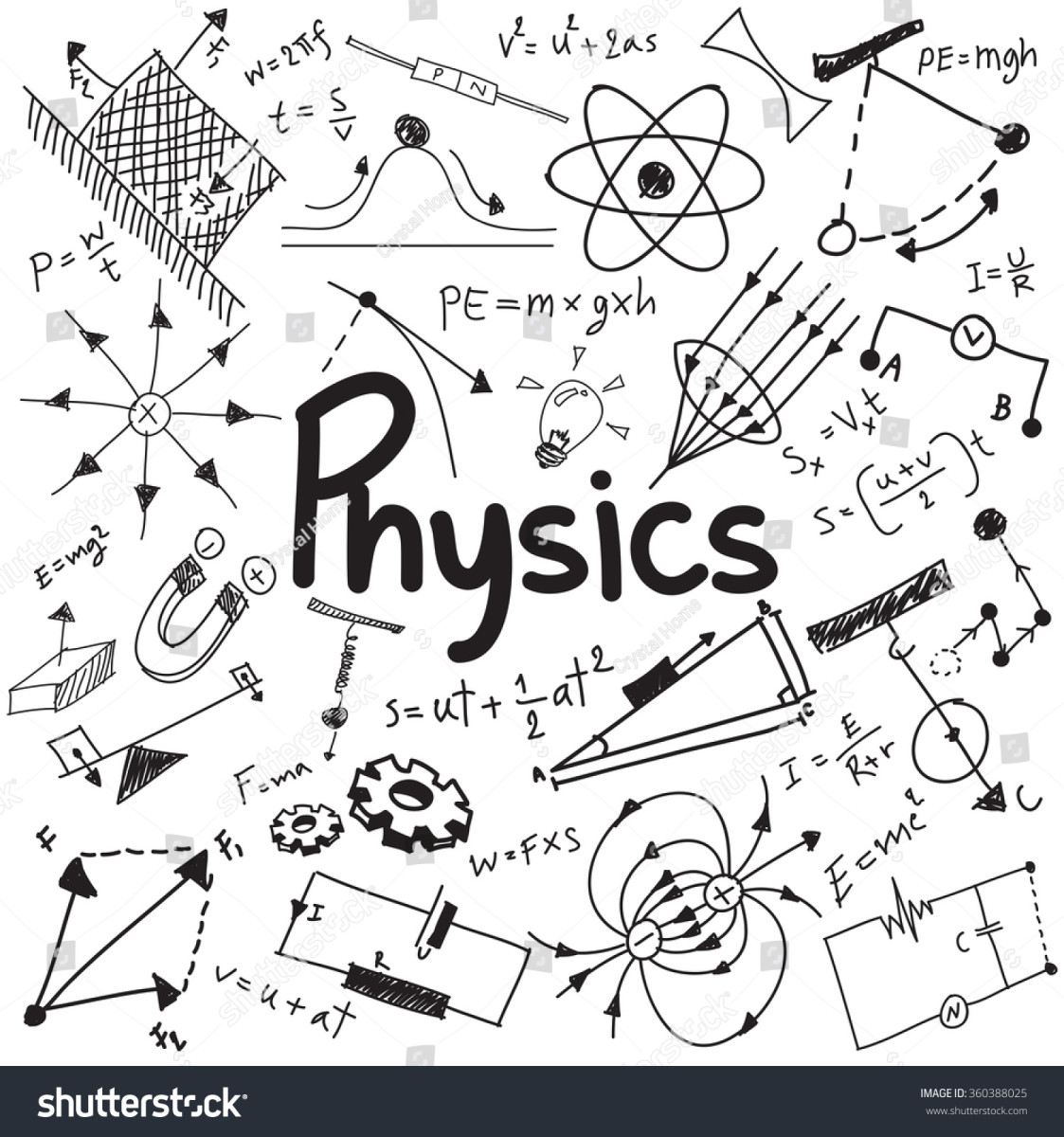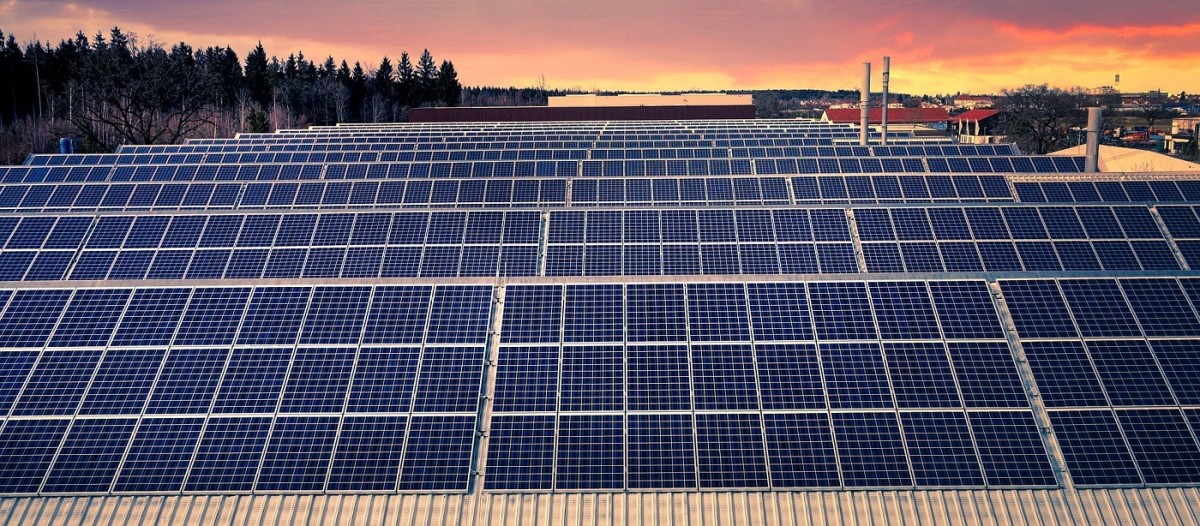Different forms of energy - Energy exists in several forms
Energy exists in several forms. Some of the different form of energy are
Biological & Chemical energy.
Mechanical energy (kinetic and potential energy)
Heat energy.
Light energy
Electrical energy
Sound energy
Nuclear energy
Chemical energy
Solar energy
MUSCULAR ENERGY OR BIOLOGICAL ENERGY
The energy which was first available to living beings without any need to discover it was bio-energy. Just as the biological activities are in fact kinds of chemical reactions, the bio-energy is also chemical in origin in a broad sense.
How is energy produced in our body?
Living systems are made up of cells which can absorb energy from their surrounding sources. Plant cells absorb energy from sunlight and animal cells from certain food/nutrient chemicals. Energy in food is primarily derived from the sun. Green plants absorb sunlight and transform that into chemical energy during photosynthesis. The starting materials used in this process are carbon dioxide in air and water drawn from the soil.
Human beings take in carbohydrates and fat as food. Carbohydrates are decomposed into glucose or its derivatives in the stomach. Glucose is soluble in blood. It is transported by the blood cells to various parts of the body where it reacts with oxygen in a series of steps producing carbon dioxide, water and energy.
This slow combustion of food in the cells resulting in the release of energy is called respiration. This energy fulfills the energy needs of the body.
Chemical energy
Inter-atomic electrical forces give rise to chemical bonds. Atoms are made up of particles which attract/repel each other. In order that such opposing particles coexist they should be doing work for keeping themselves intact. This means energy is stored in them - a form of potential energy.
Chemical energy arises from breaking of chemical bonds releasing energy. Chemical reactions may require energy to make new bonds or may release energy when they break bonds.
Explosives are very powerful stores of chemical energy. They release a lot of energy very quickly. A rocket firework for example contains explosives and when lit soars into the air and explodes with a blaze of light and colour. Here the chemical energy of the explosive gets converted into kinetic energy.
Mechanical Energy - Kinetic & Potential Energy
Kinetic Energy: Energy due to motion
Potential Energy: Energy due to position
An object in motion has the ability to do work and it has energy. The energy thus possessed by a body by virtue of its motion is called kinetic energy. 'Kinetic' is a Greek word which means motion. For e.g. the energy of a moving hammer can move the nail by some distance into a wall.
The Kinetic Energy of a body of mass 'm' moving with a velocity V is given by K.E. = ½ mv^2
Let us ponder over an interesting situation now.
When you wind a clock ( if you still use good-old clocks) and still the clock-hand does not move, what happened to your work done in winding? If nothing moves, can still there be kinetic energy?
Is there a different form of energy also? Even if the clock runs, the energy ‘wound into’ the clock apparently is only slowly used up in moving the clock hand.
In the above example the energy is not a simple kinetic moving the object on which the force was acting. The kinetic energy supplied to the winding spring in the clock is ‘stored-up’ in the system to be used up on demand. The spring slowly unwinds itself out into ‘freedom’ . The kinetic energy is contained in the “system” for conversion back in different use.
Let us call the kinetic energy which was preserved into the clock by the name potential energy. This form of energy is ‘inactive’ but is available to be employed for certain motion. When it thus becomes available, it qualifies as kinetic energy. Since the characteristic properties of energy are different in these two cases we understand them as different forms of energy. We say energy transforms from kinetic to potential in the above example; but the total energy of the system is constant and energy is always conserved between its various forms.
The amount of potential energy at any point depends on the state in which the particle finds itself at that moment. In the clock it depends on the extent of the unwinding of the coil spring. Thus the potential energy depends on the position of the particle and it will be possible to find an algebraic relationship between the position of the particle and its potential energy. The word ‘potential’ itself is a Latin word which means 'to be able'.
The gravitational potential energy of a body of mass m when it is raised to a vertical height ‘h’ above the earth is given by
P.E = m.g.h
where ‘g’ is the acceleration due to gravity and the value of ‘g’ near the earth’s surface is 9.8 m/s^2
Other types of potential energy are elastic potential energy (of a stretched/squashed elastic material), magnetic potential energy (of a piece of iron near a magnet) and electrical potential energy (of an object near an electric charge).
The sum of potential and kinetic energies is a constant called mechanical energy
Natural forms of Mechanical Energy
Mechanical energy is available for use to be tapped in certain energy yielding natural phenomena in large scale. Examples are:
Wind energy - The Kinetic energy associated with the motion of large columns of air (called wind).
Hydel energy - The potential energy of a large water column stored at elevated locations.This is converted first to kinetic energy by letting water flow down and then into electrical energy.
Tidal energy - The Kinetic energy due to the mass of tidal water.
Heat Energy or Thermal Energy
Heat is a form of energy and is essential for all life. The energy that produces heat is thermal energy and it comes from the movement of atoms or molecules of a substance. These particles are constantly on the move and heat is produced. Heat energy in a body is the sum total of the kinetic energies of its molecules.
What can heat energy be used for ? Well, for cooking food, of course. Also heat energy can be converted to mechanical energy (and thereon into electrical energy)
In a car engine heat energy is converted to kinetic energy. Burning of petrol in the engine produces gases and heat. Heat expands the gas which pushes down on a piston. The piston moves a crankcase up and down and turns the wheel of a car. Heat energy is converted into electrical energy at power stations wherein generally fossil fuels like coal and oil are burned. The heat produced changes water to steam which then drives the turbines. These turbines turn the generators to produce electricity.
Light Energy
The sun is a source of light energy. There are other sources of light such as light bulbs. Light waves are part of a family of waves called electromagnetic spectrum. This includes X-rays, heat waves as well as television and radio waves. All these have different wavelengths and different effects on things but they travel at the same speed.
In an electric bulb electrical energy is converted into light energy. In certain animals like glow-worms, chemical energy gets converted into light energy and is emitted as light. Such light is called cold light. Green plants convert light energy from the sun into chemical energy by photosynthesis; this is very important for all life on earth and is the ultimate source of all food on earth.
Electrical Energy
You will find electricity at work all around you. Electricity is generated at a power station and transmitted through metal wires to houses and industries where it is needed. It is easily converted into other forms of energy such as heat, sound, light, mechanical energy etc. In your house, an electric fan converts electricity into movement of the fan blades. A bulb converts electricity into light. Electric heaters convert electricity into heat
Electricity can be generated on a large scale using hydro electric, thermal and nuclear power stations using dynamos. Electricity has changed our lives. Today it is difficult to imagine a life without electricity.
Sound Energy
Sound is a form of energy. Sounds are produced when a body vibrates. Sound is propagated when the vibrations are transmitted into particles in an elastic medium. Apart from air, sound can travel through water, metal or other materials, but it cannot travel through a vacuum. The speed of sound in air is about 1000 feet per second.
In a telephone, sound energy is converted into electrical energy and transmitted through the telephone lines. At the other end electrical energy is converted back into sound energy.
In an engine when fuel is converted into a movement (energy) some amount of energy is wasted as sound.
Nuclear Energy
The source of nuclear energy is the atom. Strong forces exist between particles in the nucleus of an atom. When two or more nuclei stick or fuse together, in a nuclear fusion reaction, some mass is lost and converted into energy. For example in the sun, hydrogen nuclei fuse together to form helium nuclei and a lot of energy is released.
The other basic process of releasing nuclear energy is a nuclear fission reaction. Here the nucleus of a heavy atom such as uranium or plutonium splits and a lot of energy is released.
Nuclear energy can be used for destructive purposes (such as nuclear bombs) or constructive purposes (power generation in a nuclear reactor)
Solar energy
Energy from the sun is stored in cells and used for the purpose of light, heat etc. The sun’s energy can be converted into electricity inside solar cells. These cells can be used in solar powered calculators, etc.








